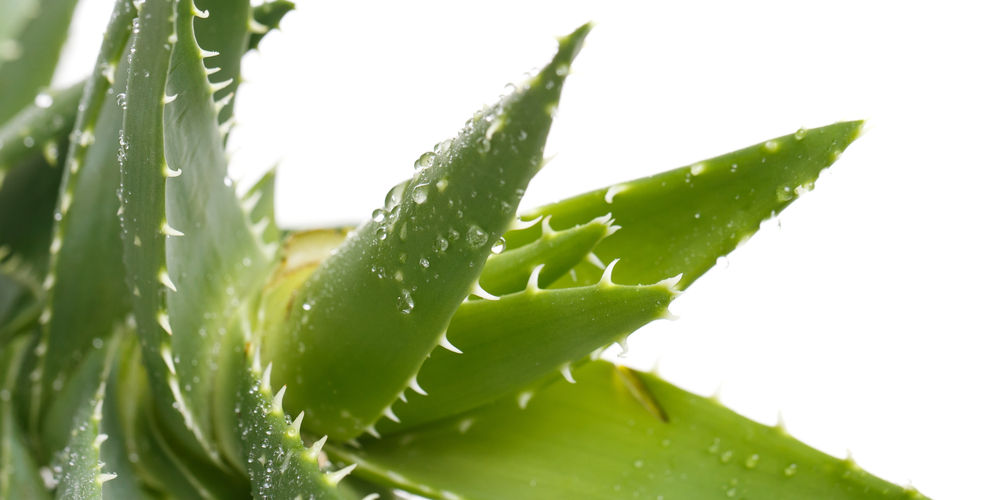Aloe vera is a beautiful succulent plant that is super easy to care for. Out in the wild, the plant can grow to towering heights. Fortunately, you can get a small houseplant variety for your home. Aloe vera has a distinct spiky look and fleshy leaves with serrations at the edges.
Aloe hails from hot and arid parts of the globe, and it copes with this environment by storing most of its water in the leaves. One great variety of the aloe vera plant you can keep in your home is the t-rex aloe. Just what is the t-rex aloe, and how can you properly grow and care for it in your house? Read on to learn more about caring for the t-rex aloe vera.
What is a t-rex aloe vera?
As the name suggests, the t-rex aloe is a type of aloe vera plant. The plant gets its name from its unique appearance, where it grows wide leaves with large white and up-facing spikes. The spikes look like a dinosaur’s teeth, hence the name.
T-rex aloes are your typical succulent plant, meaning they enjoy a lot of sunshine and brightness. In addition, they are used to dry and arid environments, so you’re more likely to overwater them than underwater them.
Are t-rex aloes hard to care for?
Admittedly, most plants require a lot of care and attention to grow and bloom. Fortunately for you, t-rex aloe is not that kind of plant. Sure, you’ll have to follow a few tips to effectively care for the plant, but if you’re a hand-off approach kind of gardener, then t-rex aloe vera may be just for you.
The biggest requirement for successfully growing a t-rex aloe plant is adequate sunshine. You only need to water the plant sporadically, so if you often forget to water your plants –which you really shouldn’t, there’s still a chance you can care for this wonderful plant.
How do you plant t-rex aloe vera?

Ideally, you want to find a porous pot to grow your aloe. This will help in draining the soil. There’s really no overstating just how little you should water the plant. If you overwater your t-rex aloe, it will store all the water in the leaves, turn mushy and begin to rot.
Once you’ve found a suitable pot with a sizeable drainage hole, fill it with cactus or house plant compost. Alternatively, you can opt for ordinary peat-free multipurpose compost then add perlite or horticultural grit. Finally, add another layer of grit to the compost to keep the plant’s base dry and prevent rotting.
After you’ve planted the aloe, place it on a shelf or bright windowsill. While it’s still growing, the aloe may be sensitive to too much direct sunlight, so minimize direct sun exposure to keep the leaves from burning. As it grows, your t-rex aloe will become more resilient and can stand more sun time.
Note: There’s a lot of advice on using ground coffee in the planting soil to help with removing excess water. However, you should not do this as adding ground coffee turn the soil acidic, which can harm your plant. T-rex aloe vera does well in soils that are slightly alkaline to slightly acidic. However, they are best suited to grow in soils that are neutral or slightly alkaline.
Can you propagate t-rex aloes?
Propagating aloes is an excellent way to increase your plant portfolio. Propagating t-rex aloes is very easy, and it can be done in a few easy steps.
1. Wait for the offsets to grow about a fifth of the parent plant.
2. Gently uproot the entire plant from its pot before carefully teasing away the pulps till they separate. Ensure the pulps you separate have some attached roots. If not, leave the nub at the bottom to dry for a couple of days before proceeding.
3. Plant each pulp into a multipurpose compost or cactus compost with plenty of perlite for drainage. After that, simply follow the planting guide outlined above.
What do different leaf colors mean for your aloe?
You may realize your aloe is changing colors. Keeping tabs on the color changes can alert you to how well your t-rex is doing and what you should do in response. Here are the main color changes and what they mean;
Red leaves – Your aloe is getting too much direct sunshine, and you should move it to another bright spot without too much direct sunlight.
Yellow or place leaves – You have likely overwatered your aloe, or it’s not getting enough light.
Brown or mushy leaves – You are overwatering your aloe, and it will start rotting soon.
Wrinkled leaves – Your plant is running low on its water supply. Lightly water the plant for a few days and mist the leaves. Don’t saturate the compost as aloes don’t like cold and wet compost.
Conclusion
With these tips, you’ll have a great t-rex aloe that will grow healthy and brighten up your home. Try and plant this aloe in your home and enjoy the benefits of having an aloe vera plant in your house.
